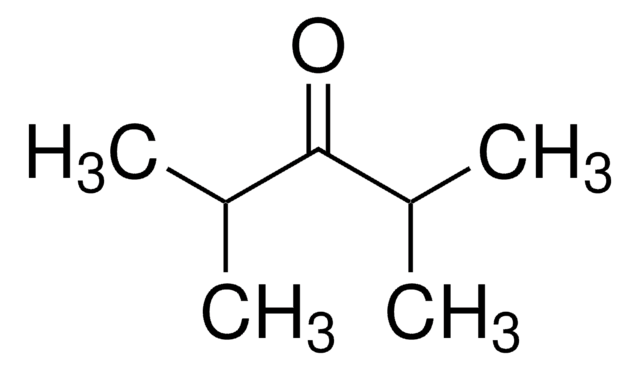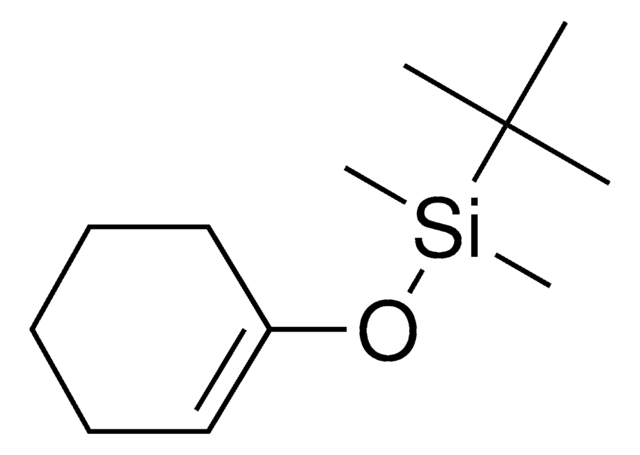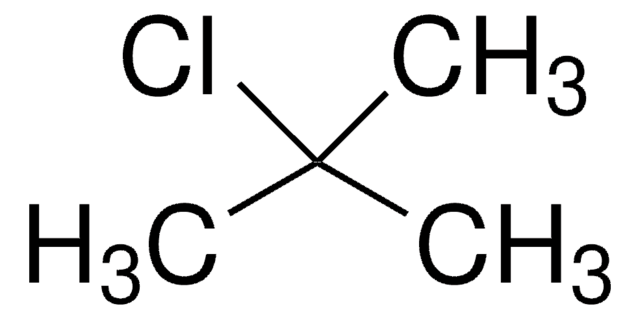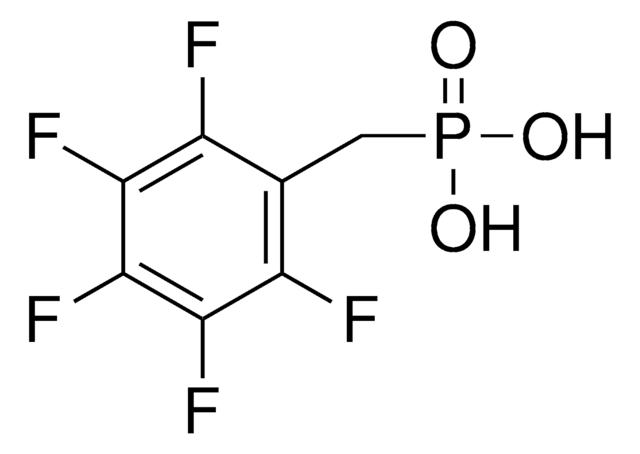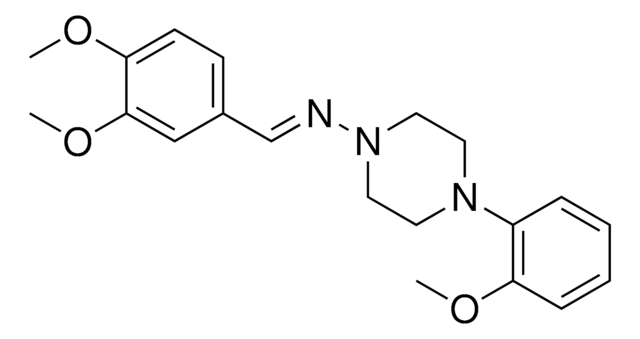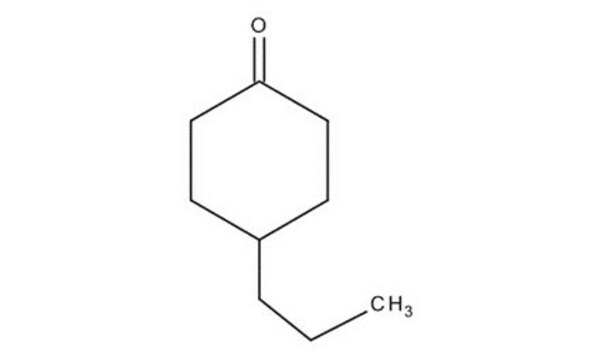Kluczowe dokumenty
793051
Specially Denatured Alcohol
200 proof, SDA 30, contains Methanol
Synonim(y):
Ethanol, SDA
About This Item
Polecane produkty
Formularz
liquid
zawiera
Methanol
stężenie
200 proof
Informacje podatkowe i licencyjne
Permit for use required
InChI
1S/C2H6O/c1-2-3/h3H,2H2,1H3
Klucz InChI
LFQSCWFLJHTTHZ-UHFFFAOYSA-N
Szukasz podobnych produktów? Odwiedź Przewodnik dotyczący porównywania produktów
Zastosowanie
Opakowanie
5GA-PB is in a poly drum with flex spout.
3x5GA is in metal drum with flex spout.
3x5GA-PB is in a poly drum with flex spout.
55GA is in metal drum.
55GA-PB is in poly drum.
Komponenty
9.10% (v/v) Methanol
Inne uwagi
To purchase Specially Denatured Alcohol, customers must possess an Industrial Alcohol User Permit from the Alcohol and Tobacco Tax and Trade Bureau (TTB).
- Permit must have customer signature and date of submission to Sigma-Aldrich in addition to the original signature and date.
- Permit must have word, "copy" handwritten or stamped.
- Permit number must contain correct state or US designation matching ship-to address.
- Permit address must match ship-to-address in Sigma-Aldrich system.
- Permit only needs to be provided on first order to sigma-aldrichproductscreening@sial.com.
- All orders require that a PO with the statement, "valid permit #####" be submitted to sigma-aldrichproductscreening@sial.com.
TTB Link
Hasło ostrzegawcze
Danger
Zwroty wskazujące rodzaj zagrożenia
Zwroty wskazujące środki ostrożności
Klasyfikacja zagrożeń
Acute Tox. 4 Oral - Eye Irrit. 2 - Flam. Liq. 2 - STOT SE 2
Organy docelowe
Eyes,Central nervous system
Kod klasy składowania
3 - Flammable liquids
Klasa zagrożenia wodnego (WGK)
WGK 2
Temperatura zapłonu (°F)
57.2 °F - closed cup
Temperatura zapłonu (°C)
14 °C - closed cup
Wykazy regulacyjne
Wykazy regulacyjne dotyczą głównie produktów chemicznych. Można w nich podawać ograniczoną liczbę informacji na temat produktów niechemicznych. Brak wpisu oznacza, że żaden ze składników nie znajduje się w wykazie. Użytkownik odpowiada za zagwarantowanie bezpiecznego i zgodnego z prawem stosowania produktu.
EU REACH Annex XVII (Restriction List)
Wybierz jedną z najnowszych wersji:
Certyfikaty analizy (CoA)
Nie widzisz odpowiedniej wersji?
Jeśli potrzebujesz konkretnej wersji, możesz wyszukać konkretny certyfikat według numeru partii lub serii.
Masz już ten produkt?
Dokumenty związane z niedawno zakupionymi produktami zostały zamieszczone w Bibliotece dokumentów.
Nasz zespół naukowców ma doświadczenie we wszystkich obszarach badań, w tym w naukach przyrodniczych, materiałoznawstwie, syntezie chemicznej, chromatografii, analityce i wielu innych dziedzinach.
Skontaktuj się z zespołem ds. pomocy technicznej